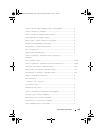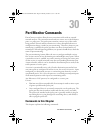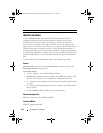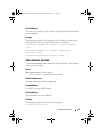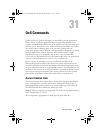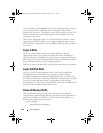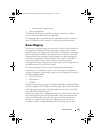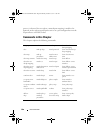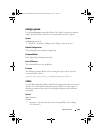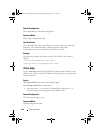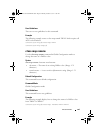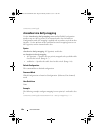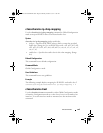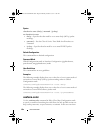
QoS Commands 647
– Untrusted Port Default Priority
• Queue Configuration
This enables PowerConnect switches to support a wide variety of delay
sensitive video and audio multicast applications.
CoS mapping tables, port default priority, and hardware queue parameters
may be configured on LAG interfaces as well as physical port interfaces.
Queue Mapping
The priority of a packet arriving at an interface is used to steer the packet to
the appropriate outbound CoS queue through a mapping table. Network
packets arriving at an ingress port are directed to one of n queues in an egress
port(s) based on the translation of packet priority to CoS queue. The CoS
mapping tables define the queue used to handle each enumerated type of
user priority designated in either the 802.1p, IP precedence, or IP DSCP
contents of a packet. If none of these fields are trusted to contain a
meaningful COS queue designation, the ingress port can be configured to use
its default priority to specify the CoS queue.
CoS queue mappings use the concept of trusted and untrusted ports.
A trusted port is one that takes at face value a certain priority designation
within arriving packets. Specifically, a port may be configured to trust one of
the following packet fields:
• 802.1p User Priority
• IP Precedence
•IP DSCP
Packets arriving at the port ingress are inspected and their trusted field value
is used to designate the COS queue that the packet is placed when forwarded
to the appropriate egress port. A mapping table associates the trusted field
value with the desired COS queue.
Alternatively, a port may be configured as untrusted, whereby it does not trust
any incoming packet priority designation and uses the port default priority
value instead. All packets arriving at the ingress of an untrusted port are
directed to a specific COS queue on the appropriate egress port(s) in
accordance with the configured default priority of the ingress port. This
2CSPC4.XCT-SWUM2XX1.book Page 647 Monday, October 3, 2011 11:05 AM



